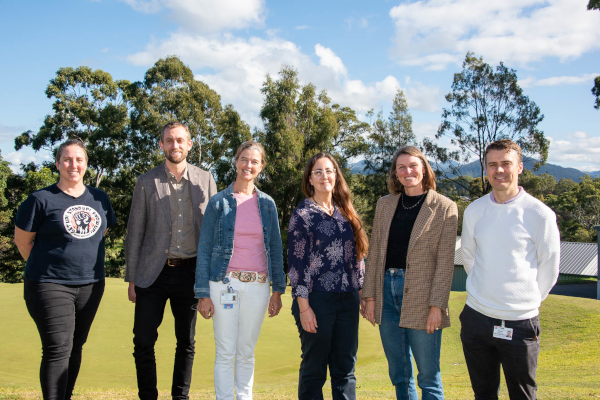North Coast joins national battle against youth vaping
Derived from the word ‘vapour’, vaping is a fairly recent term to describe “inhaling vapor through the mouth from a usually battery-operated electronic device (such as an electronic cigarette) that heats up and vaporizes a liquid or solid” (Merriam-Webster dictionary).
Importantly, because it promotes addiction, nicotine also enters the equation, as do flavourings, which give vapes a palatable taste and names such as Berry Blast and Melon Madness, which make for enticing labelling.
On one side of the debate are those who suggest the practice is less harmful than ‘real smoking’. Others, a rising majority, consider it a giant con perpetrated by tobacco companies to make up for sales losses resulting from governmental crackdowns such as rising taxes, advertising restrictions, and package warnings.
In a previous issue of this magazine I reviewed the damning book Puff Piece by John Safran who delighted in savaging vaping’s purveyors. The dirty tricks he identified as being stock-in-trade for tobacco companies was confirmed recently in connection with the Australian government’s vaping reforms consultation.
A study led by the University of Melbourne and published in Health Promotion International found that 26 per cent of submissions by declared vapers contained text from a template provided by a vaping industry-led organisation. Researchers excluded submissions made by organisations and institutes, focusing on just the 1,405 submissions made by self-identified e-cigarette users.
The covert campaign by a big tobacco company encouraged vapers to include pre-written arguments in their submissions.
‘By lobbying users to make submissions on their behalf, the tobacco and e-cigarette industries are bypassing conflict-of-interest declaration requirements,’ the study found, calling the process “astroturfing”, defined by WHO as the faking of a grassroots movement that is being controlled by a hidden multinational company or organisation.
Despite all the negative publicity, vaping is still popular enough to be considered a major public health concern, especially amongst young Australians. Health authorities are now embarked on a literal life-and-death battle against the practice.
The struggle is aided at the national level by an import ban of nicotine-containing vapes without licences, with some well-publicised Customs busts, and the retailing of them without a doctor’s prescription. Yet a black market continues to flourish.
The Albanese government is now preparing new laws to ban non-therapeutic and disposable single-use vapes, with ministers to also introduce new legislation to give agencies more powers around importation control.
Therapeutic goods legislation will be strengthened to introduce strict standards around the quality and safety standards of vapes bound for pharmacies.
In mid-August the NSW Education Minister, Prue Car, requested principals to report every student caught vaping, so that the extent of the problem could be better known. She had been told the problem was growing in seriousness. Plans are afoot to instal vape detectors in school bathrooms, with a tender out for 40,000 of the devices, capable of also detecting the smoking or vaping of cannabis.
The NSW Government is planning a vaping roundtable, which will no doubt be informed by the North Coast Youth Vaping Taskforce, partnering Mid North Coast Local Health District, North Coast Population and Public Health and Northern NSW Local Health District.
The Taskforce met recently with key partners to discuss ways to protect young people from the harms of vaping. Community forums in Coffs Harbour and Ballina were aimed at gauging the perspectives of young people as well as community and organisational stakeholders, including NSW Police, the Department of Education and non-government organisations.
The aim is for a regional action plan that, in the words of Vaping Taskforce spokesperson Robin Auld, will ‘strengthen community action in the areas of prevention and harm reduction and support regulation and compliance in relation to the sale of vaping devices on the North Coast.’
In 2020-2021, the NSW Population Health Survey found 32.7 percent of people aged 16 to 24 had used a vape, and 11.1 percent were current users. In June this year NSW Health in partnership with NSW Police seized more than $400,000 worth of illicit vapes and illicit cigarettes, as part of compliance activities on the North Coast. The operation removed nearly 8,000 vaping units from sale.
‘Reducing the availability of illegal vapes is an important step in helping protect young people from the harms of vaping,’ Mr Auld said.
Information about the harms associated with vaping is available at https://www.health.nsw.gov.au/vaping





